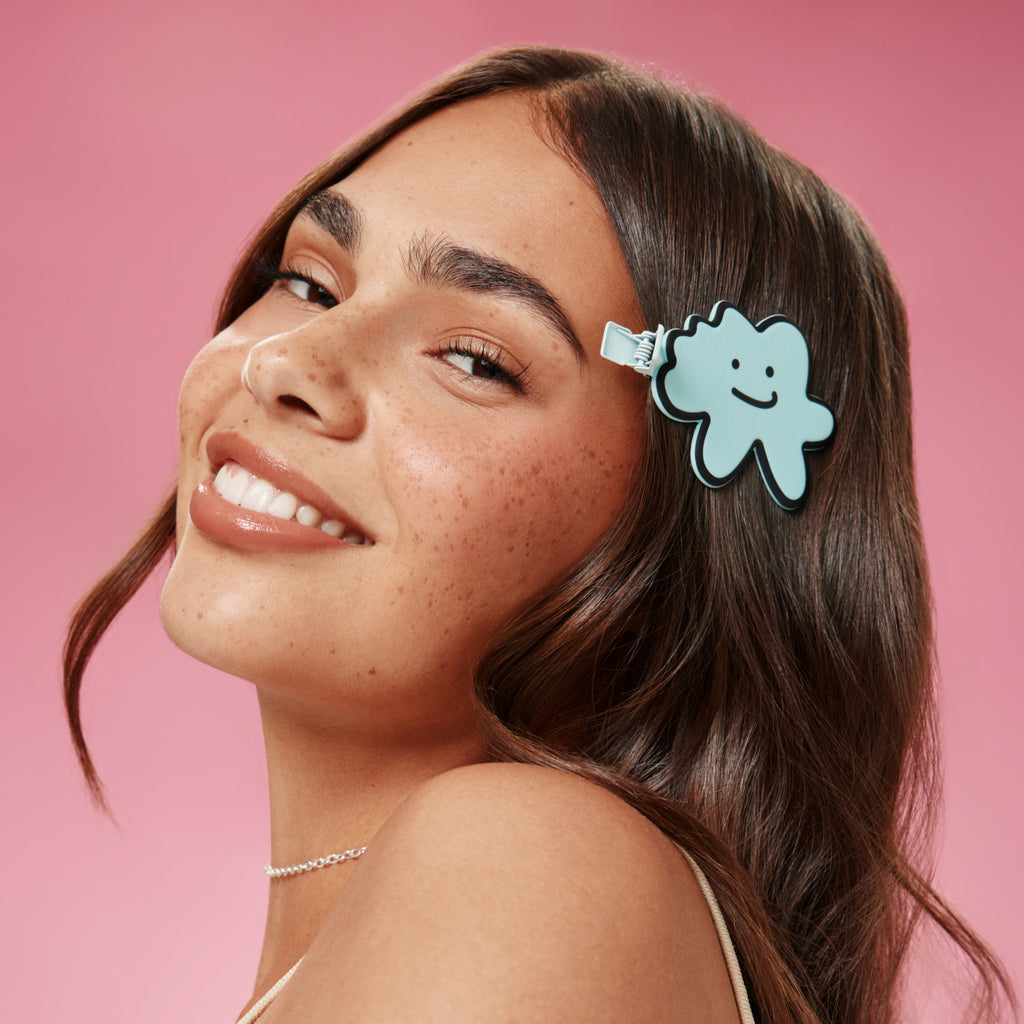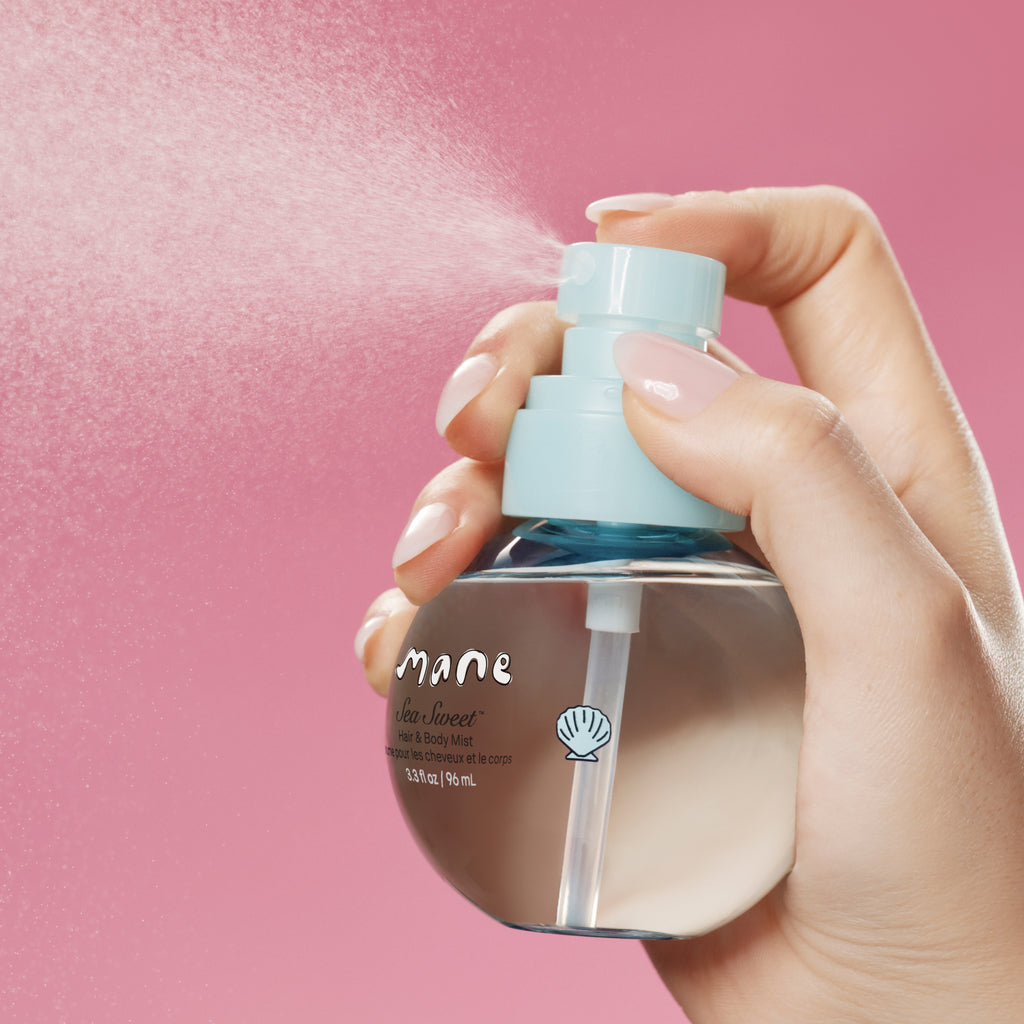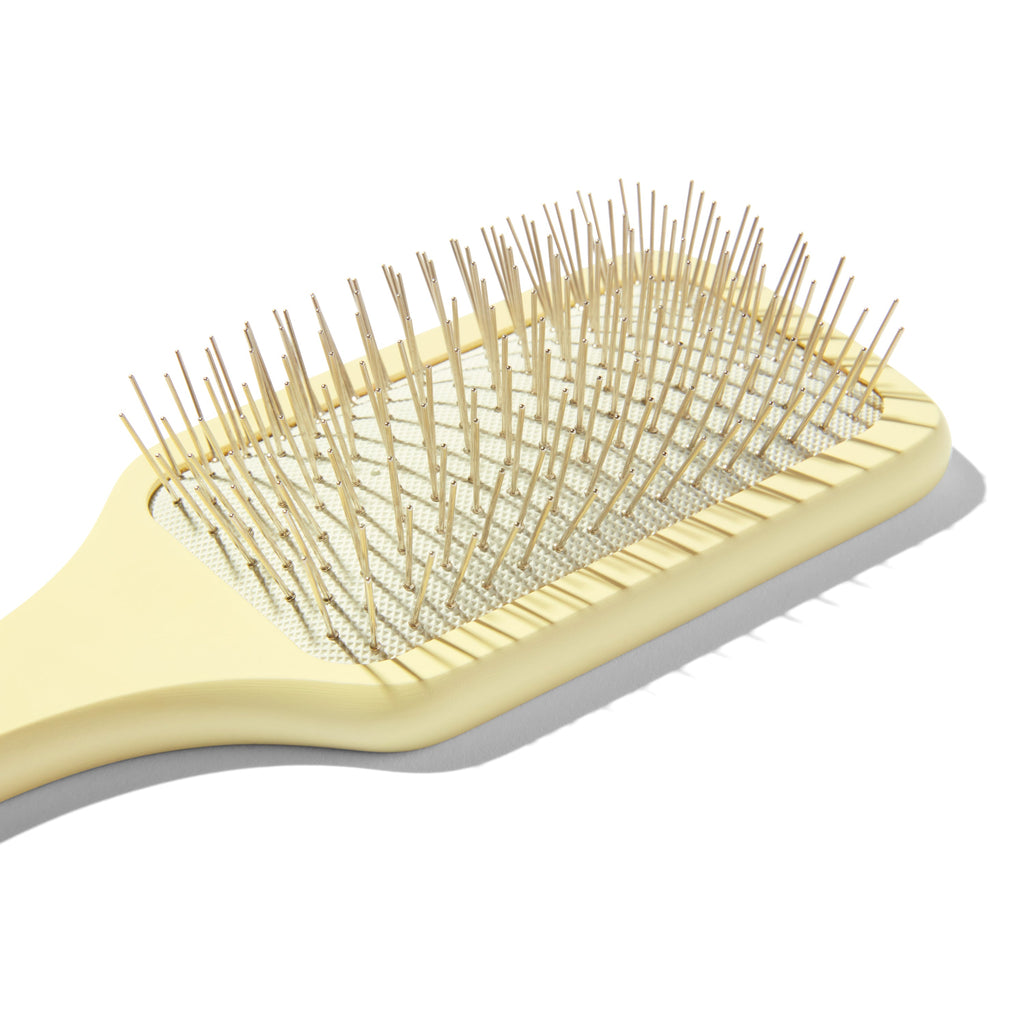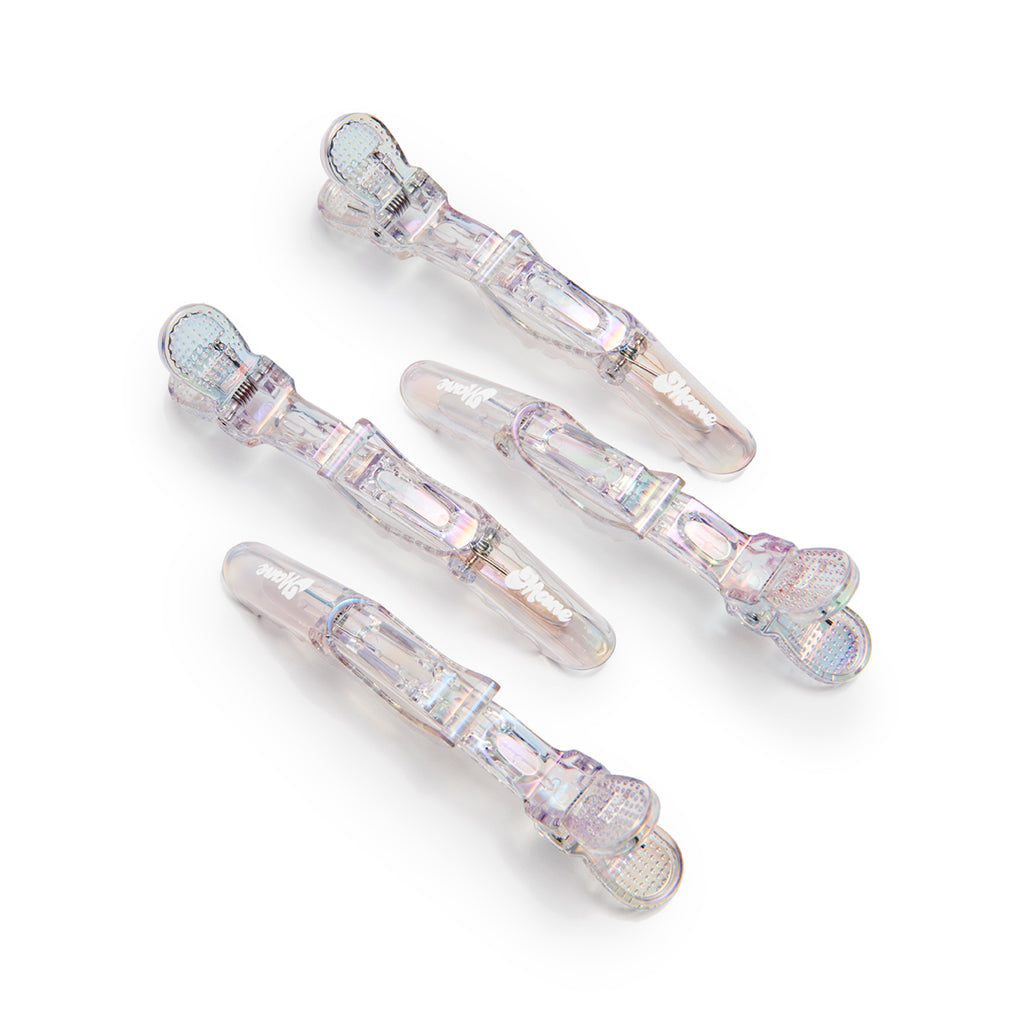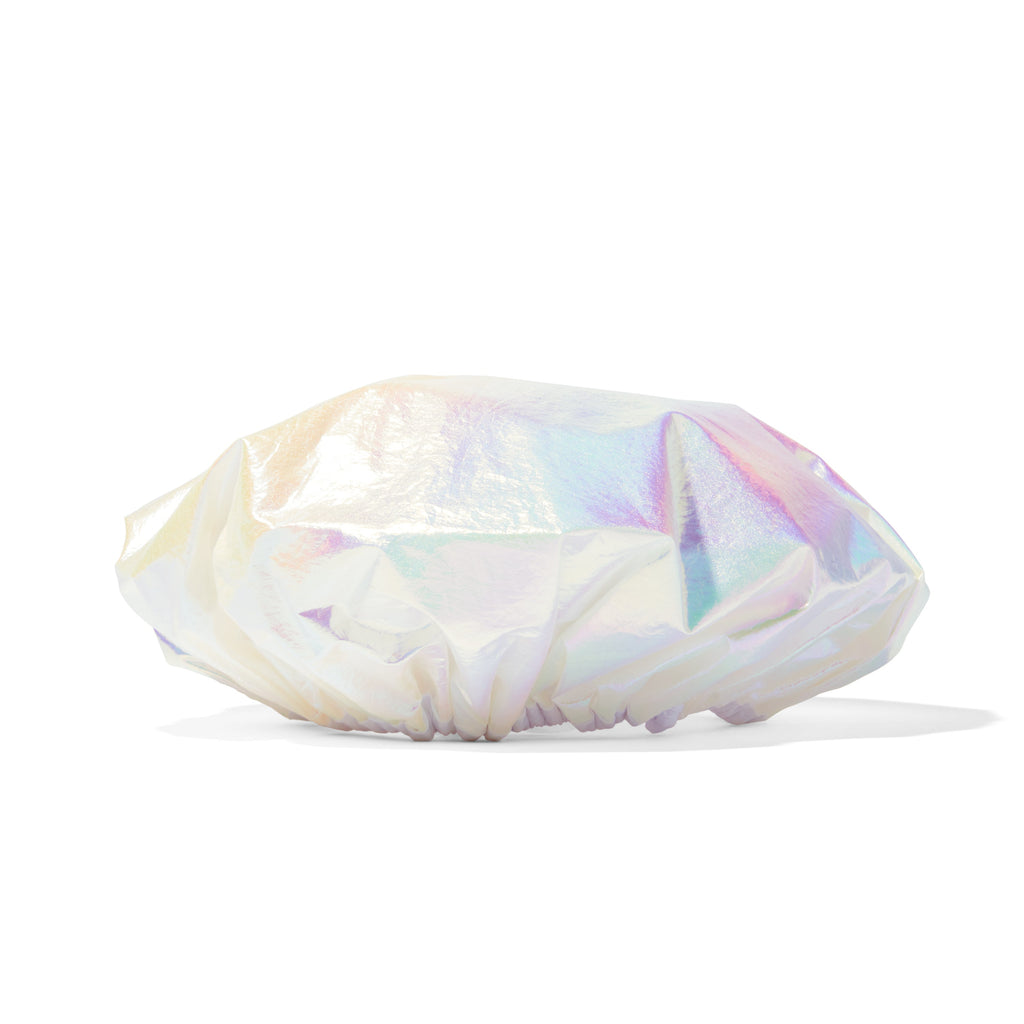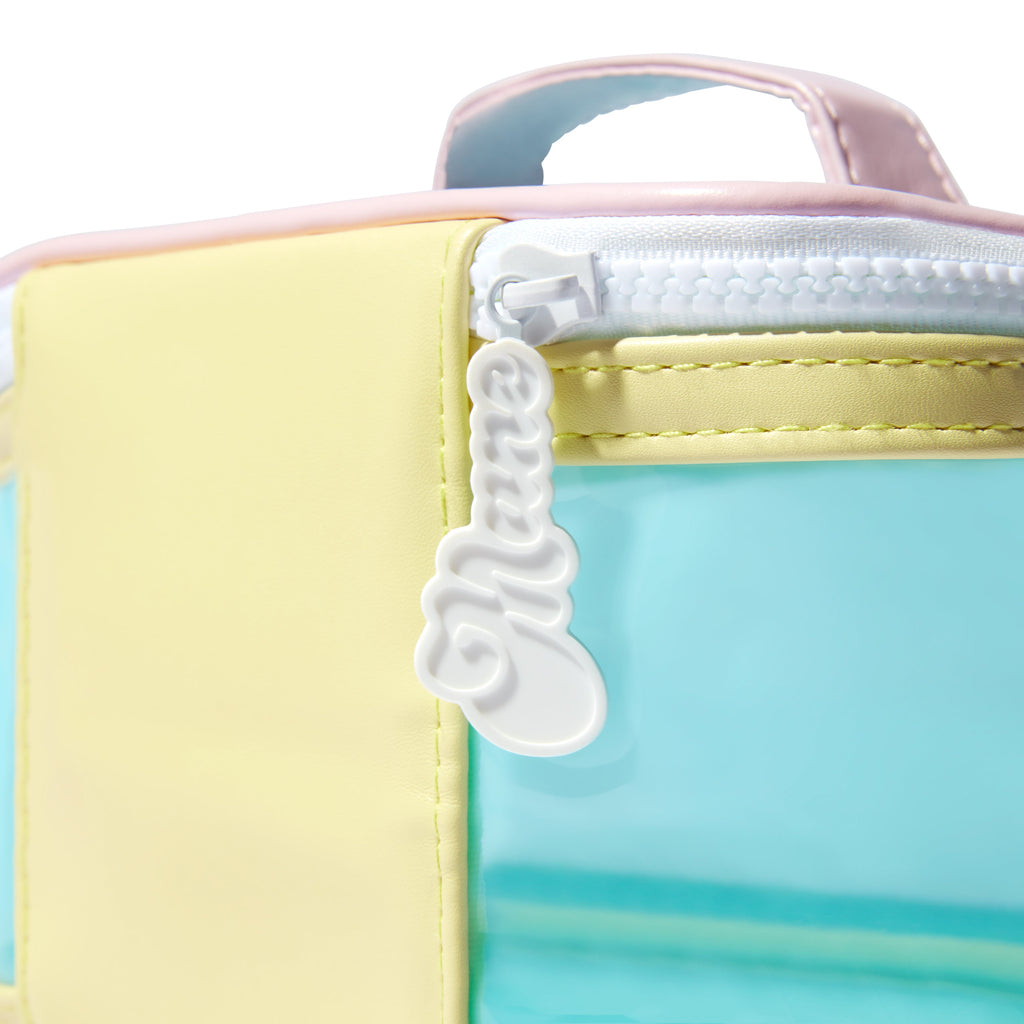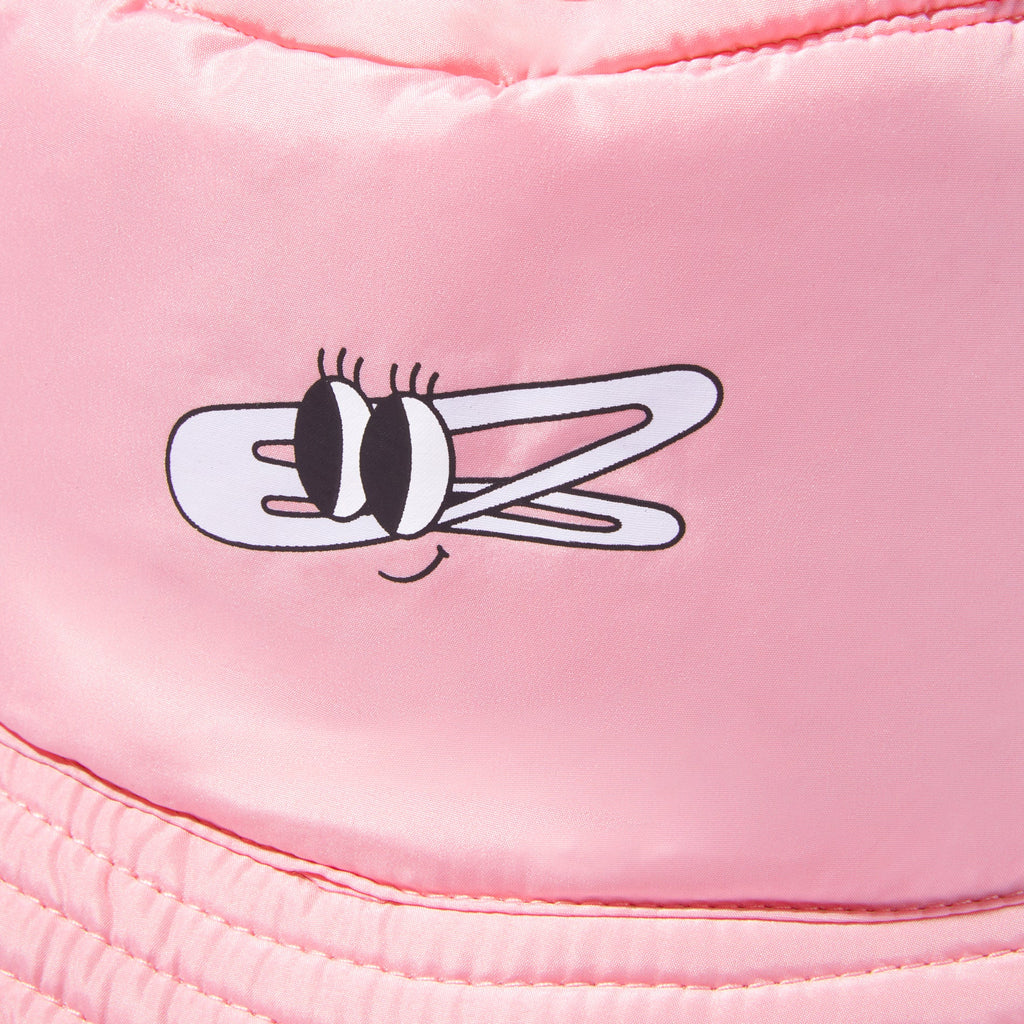Senegalese twists are one of the most popular protective style options out there and for good reason. Not only do they look fire and add length, this beloved celeb trend allows your locks to grow out without any risk of damage and they’re also super versatile. We tapped Mane Master Naeemah LaFond, Amika’s Global Artistic Director, for everything you need to know to achieve Senegalese twists—whether going the DIY route or putting faith in your stylist.
How to Do Senegalese Twists, Step-by-Step
“Senegalese twists can be done using the standard twisting method or the more DIY-friendly ‘rubber band method,’” Naeemah explains.
You want to begin your twists with a great base, which translates to fresh clean, dry hair that is moisturized. Think of it as a balance in porosity. Hair must be dry, but not so dry hair that it’s brittle; make sure there’s no dampness and also steer clear of greasy products. “Try not to use a product that has too much slip because that will make it difficult to twist the hair,” recommends Naeemah.
To begin your twists, take a one-inch section and split it into two. “Lay a piece of braiding hair horizontally onto that split section, so that each half is laying onto a section of the natural hair,” she explains. “Begin to twist the right section clockwise along with the natural hair while simultaneously twisting the left section counterclockwise. Once the two individual sections twist, you can then twist them into each other. Be sure to twist all the way down to the very ends of the hair.”
Rubber Band Method for Senegalese Twists
To cheat the style or for a more DIY-friendly method, get acquainted with the aforementioned rubber band method. “This technique eliminates the simultaneous clockwise and counterclockwise twisting of hair and allows you to just combine the braiding hair with your natural hair by securing it with a rubber band,” says Naeemah. The rubber band method is a great option for those with sensitive strands as it’s gentler and less of a strain on the hair than the traditional method.
Sealing the Deal
When your twists are complete you need to essentially seal the style in so there is no risk of them unraveling. There are two known techniques for treating the ends of Senegalese twists. The first is known as the “burning technique,” where you “take a lighter and individually burn the ends of each twist to seal them—the melted ends serve to keep the hair from unraveling.”
The other option is the “hot water technique,” which is done by dividing the twists into a few sections and dipping your ends into a container of very hot water for a few seconds. Naeemah opts for the “hot water technique” when braiding her clients, as it will “melt the hair more gently than the fire will and result in a more natural, flexible, and moveable finish to the ends of the twists.” Don’t forget this important detail when your time in the chair is almost up.
Choosing Your Weave
Senegalese twists are supplemented by braiding hair and Yaki Kanekalon is the go-to for this style. “The hair is synthetic but it has the texture of natural hair that has been blown out. It is straight and smooth but still has enough texture for a good grip when twisting and braiding. This hair blends with many natural and relaxed hair textures,” Naeemah notes.
The hair texture that the Yaki gives Senegalese twists helps differentiate it from other protective twist styles, “giving them a smoother and straighter look than Havanna Twists or Marley Twists, which have a more textured and kinky finish,” adds Naeemah.
How to Prevent Breakage With Senegalese Twists
The whole point of a protective style is to prevent breakage, so it definitely is self-defeating to get poorly done twists that will actually damage and break your hair underneath. Don’t get it twisted—if done incorrectly, twisted and braided styles can increase breakage. To avoid this annoying outcome, here are Naeemah’s rules for healthy braided/twisted styles:
- Moisturize your natural hair prior to doing the style.
- Never twist your baby hairs, as they can’t handle the weight of the hair extensions and will come out at the root.
- If your head hurts or if your scalp burns after getting it done, this means that the twists were done way too tight; excessive tension on your natural hair will lead to breakage.
Maintenance Musts
Now that your perfect Senegalese twists are sitting pretty, you want to make sure you maintain them. “Phantom Hydrating Dry Shampoo Foamis amazing to keep these twists looking and feeling fresh at the root. Amika Glass Action Universal Elixir works to keep the mid-lengths and ends moisturized,” Naeemah advises. If you take care of them properly, they should be able to last up to one month before looking frizzy or grown out.
 FREE SHIPPING ON ORDERS $98+
FREE SHIPPING ON ORDERS $98+

